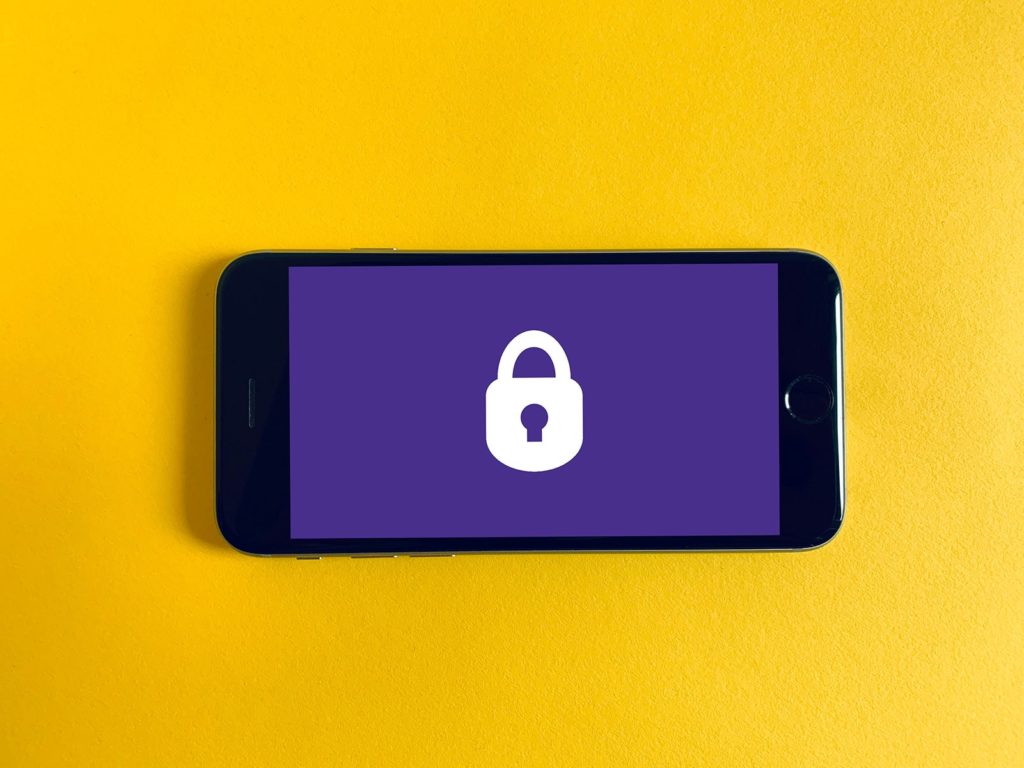Keys to Success for HIPAA Compliance
The HIPAA Compliance, or The Health Insurance Portability and Accountability Act, sets the standards to ensure the protection of sensitive patient data. Covered entities, such as healthcare insurance providers and healthcare providers, are expected to comply with the HIPAA. The same goes for business associates that use Patient Health Information or PHI.
The key to success for HIPAA compliance requires adherence to these requirements:
Technical Safeguards

The technical safeguards of the HIPAA aim to protect electronic patient health information or ePHI and provide access to individuals working with healthcare and insurance companies. In general, HIPAA requires organizations to encrypt ePHI once it travels outside of an organization’s internal firewall servers. This rule is set to ensure that any breach of confidential ePHI renders the data unusable, unreadable, and undecipherable.
Some examples of the technical safeguards of the HIPAA are:
- Log-off of PCs and devices automatically: This logs authorized personnel off of the device they’re using to communicate or access ePHI after a pre-defined period of time. This mechanism prevents any unauthorized access to ePHI when devices are left unattended.
- Implement access control: This requires organizations to assign a centrally-controlled and unique username and PIN code for all of their users. This also establishes procedures to govern the disclosure or release of ePHI during emergencies.
- Invest in tools for encryption and decryption: This mechanism requires people in an organization to use devices that have the functionality to encrypt messages whenever they are sent outside of the internal firewalled server and automatically decrypt messages once received.
- Authenticate ePHI: This mechanism is put in place to confirm whether ePHI has been destroyed or altered in an unauthorized manner.
- Log activities that involve ePHI and conduct audit controls: These audit controls are set in place to record or register any attempted access to ePHI and then document what has been done with that data once it’s accessed.
Physical Safeguards
Aside from the technical safeguards, there are also physical safeguards that organizations have to meet to ensure that they are compliant with the HIPAA. The physical safeguards focus more on the physical access of ePHI irrespective of its location.
Since ePHI can be stored in the cloud, a remote data center, or on the servers of a HIPAA-covered entity, the physical safeguards stipulate how workstations and mobile devices should be secured to prevent any unauthorized access.
Following any of the examples below will ensure that your organization adheres to the physical safeguards of the HIPAA:
- Implement facility access controls: In this mechanism, there should be control over who has physical access to the location where ePHI is stored. The access of cleaners and software engineers, for example, should be controlled when working in areas that have access to the ePHI. Moreover, these procedures should also include safeguards to prevent theft, tampering, and unauthorized physical access.
- Regularly conduct inventory of hardware: A regular inventory of all hardware in an organization should be maintained, along with an accurate record of the movements of each item. Before any equipment is moved, there should be an exact retrievable copy of the ePHI.
- Create and implement procedures for mobile devices: Policies should be created and strictly implemented if users are given the privilege to access any ePHI from their mobile devices. These policies should also dictate guidelines on removing ePHI from the devices once the user switches devices or leaves the organization.
- Create and implement policies for the use and positioning of workstations: Policies should be created and strictly implemented to restrict the use of workstations and access to ePHI.
Administrative Safeguards
Administrative Safeguards are some of the most important elements in the HIPAA because it has procedures and policies that bring the Privacy Rule and the Security Rule together. These are the pivotal areas of HIPAA compliance and require a privacy or security officer to implement and audit the measures that were set in place to protect the ePHI.
The administrative safeguards set by the HIPAA include:
- Conduct risk assessments regularly: One of the most important responsibilities that a privacy or security offer has is to compile risk assessment strategies to determine which area of the organization uses ePHI and assess in which security breaches concerning the ePHI could occur.
- Build and implement a risk management policy: The risk assessment strategies of the organization should be repeated regularly while introducing measures to reduce risks to suitable levels. Sanction policies for employees or departments who fail to comply with the HIPAA regulation must be introduced and implemented, as well.
- Report and keep accurate records of security incidents: The reporting of any security breach should be done as soon as possible to contain the problem and retrieve the data. This policy is different from the Breach Notification Rule because measures are set in place and followed before an incident develops into a breach.
- Strictly restrict third-party access: Under this policy, organizations must ensure that any ePHI is not accessed by any unauthorized subcontractors or parent organizations. This policy also requires business partners who have access to ePHI to sign and adhere to the Business Associate Agreements.
- Conduct training to help employees be more secure: Employees should undergo training to raise awareness of the procedures and policies that involve their access to ePHI. Their training should also cover information on how to identify malicious software attacks and the different kinds of malware. Training given to employees should be documented and conducted on a regular basis.
- Establish a contingency plan: To ensure that emergencies concerning ePHI are addressed as soon as possible, a contingency plan should be ready. This contingency plan should aim for the continuity of important business processes and the protection of ePHI even when the organization operates in an emergency mode.
- Test the contingency plan and assess errors: The contingency plan built by the organization should be tested regularly to assess its effectiveness and identify problems. Moreover, there should be accessible backups of ePHI and other related policies to easily restore lost data during emergencies.
HIPAA IT Compliance

Besides the technical, physical, and administrative safeguards, your organization should also be HIPAA IT compliant. These policies or procedures are concerned with ensuring that all provisions of the HIPAA Security Rule are followed and all elements under the HIPAA IT compliance checklist are met.
When it comes to HIPAA IT security, risk assessment, and management is key. One of the most effective ways to ensure risks are identified and controlled is to adapt to the NIST Cybersecurity Framework. The NIST Cybersecurity Framework set forth by the National Institute of Standards and Technology aims to help prevent data breaches and respond to these attacks in a manner that adheres to the rules set by the HIPAA.
The HIPAA IT compliance includes all systems used to transmit, receive, store, and change ePHI. Any software or system that works or deals with ePHI should also incorporate security protections to guarantee availability, confidentiality, and integrity.
Listed below are some items to include in your HIPAA IT Compliance checklist:
- Audit and compare terminations in your EMR systems and active directories.
- Audit for any inappropriate or unauthorized record access by business associates and employees.
- Conduct random audits for procedure readiness and operational policies.
- Conduct regular audits using CMS Guidance.
- Implement audit and inventory systems accessible by business associate employees in the organization.
- Perform cybersecurity tactical simulations that should include scenarios from the latest threats and breaches.
- Pull random reports about user access for normal work hours. Any suspicious off-hour usage should be subject for audit and assessment.
One of the biggest mistakes healthcare organizations commit is to neglect the need to monitor ePHI access logs regularly. Inappropriate or unauthorized access to ePHI by healthcare workers is very common, yet many organizations fail to conduct thorough and regular audits for months.
If you don’t want any of these to happen in your organization and ensure that your organization remains compliant with the HIPAA, always prioritize conducting regular audits. This will ensure that security breaches are identified and solved as soon as possible.
Another important element of the HIPAA IT Compliance is implementing certain mechanisms concerning the IT department of your organization to increase the security of the ePHI. Examples of these measures are:
- The use of secure messaging solutions instead of using personal mobile devices. Secure messaging solutions enable authorized personnel to communicate ePHI while complying with the physical, technical, and administrative safeguards set by HIPAA.
- Emails containing ePHI should be encrypted, especially when sent or used outside of the internal firewall server.
- Defense or protection should be set in place to prevent any phishing attacks and the download of any harmful malware online.
Hire a Professional
Knowing the requirements for HIPAA compliance is one thing, and making sure that you and your business adheres to all of these is another. The latter is a long process that often requires professional assistance.
To make this task easier for you, work with an attorney who has in-depth knowledge of HIPAA compliance. Paying for their services is a cost-effective investment as you can have peace of mind knowing that your business adheres to the standards set.